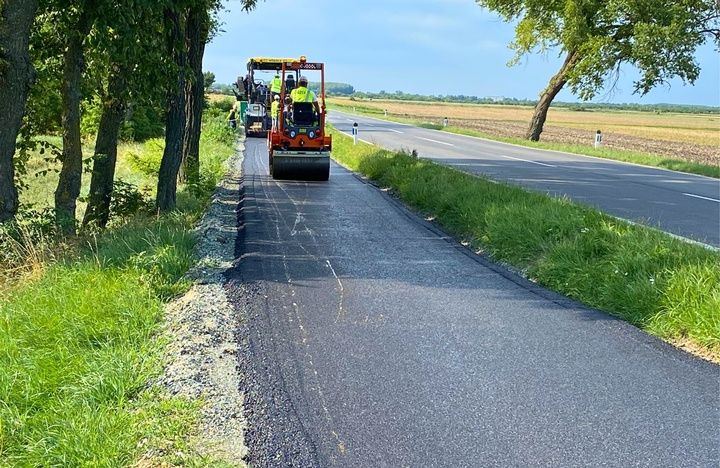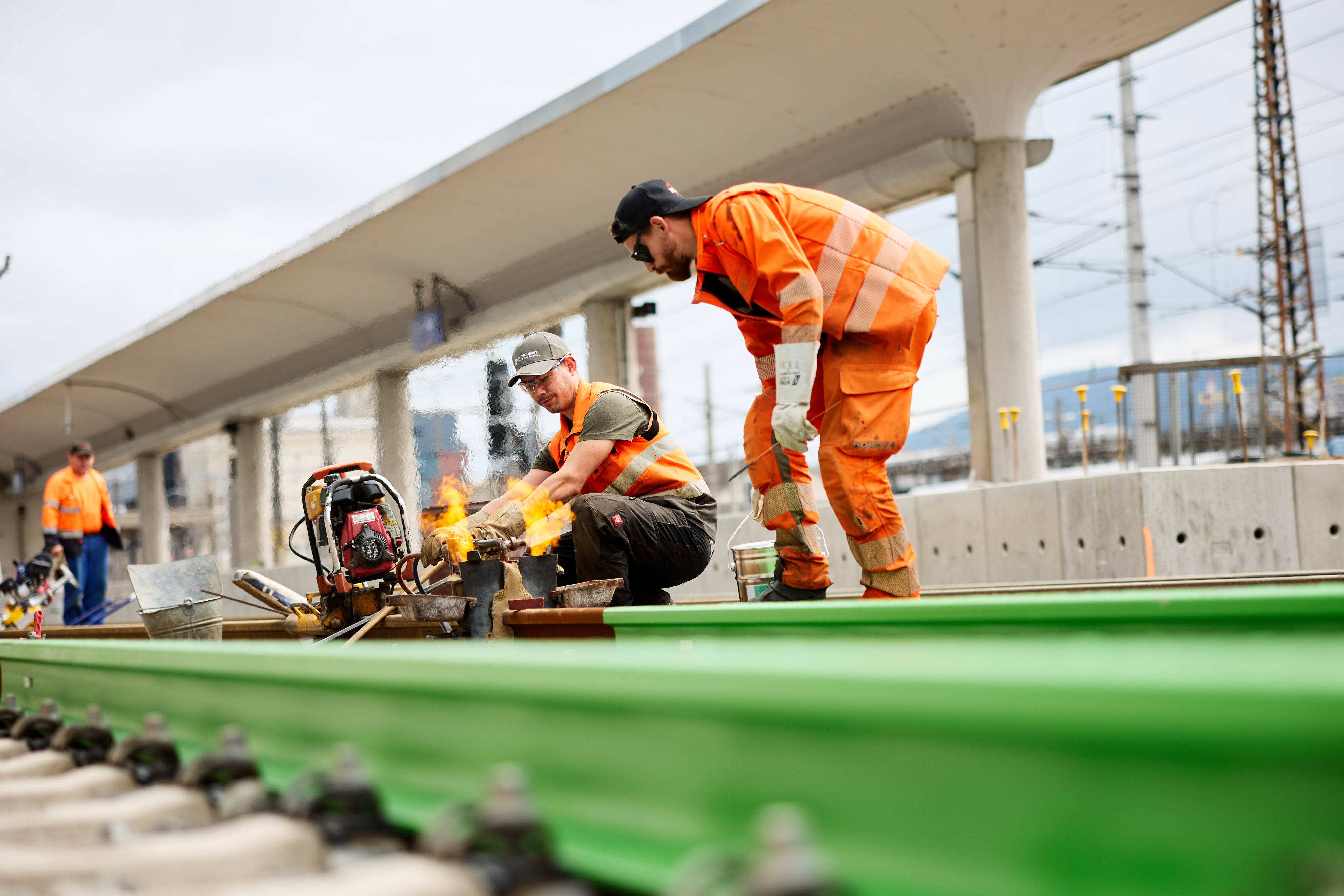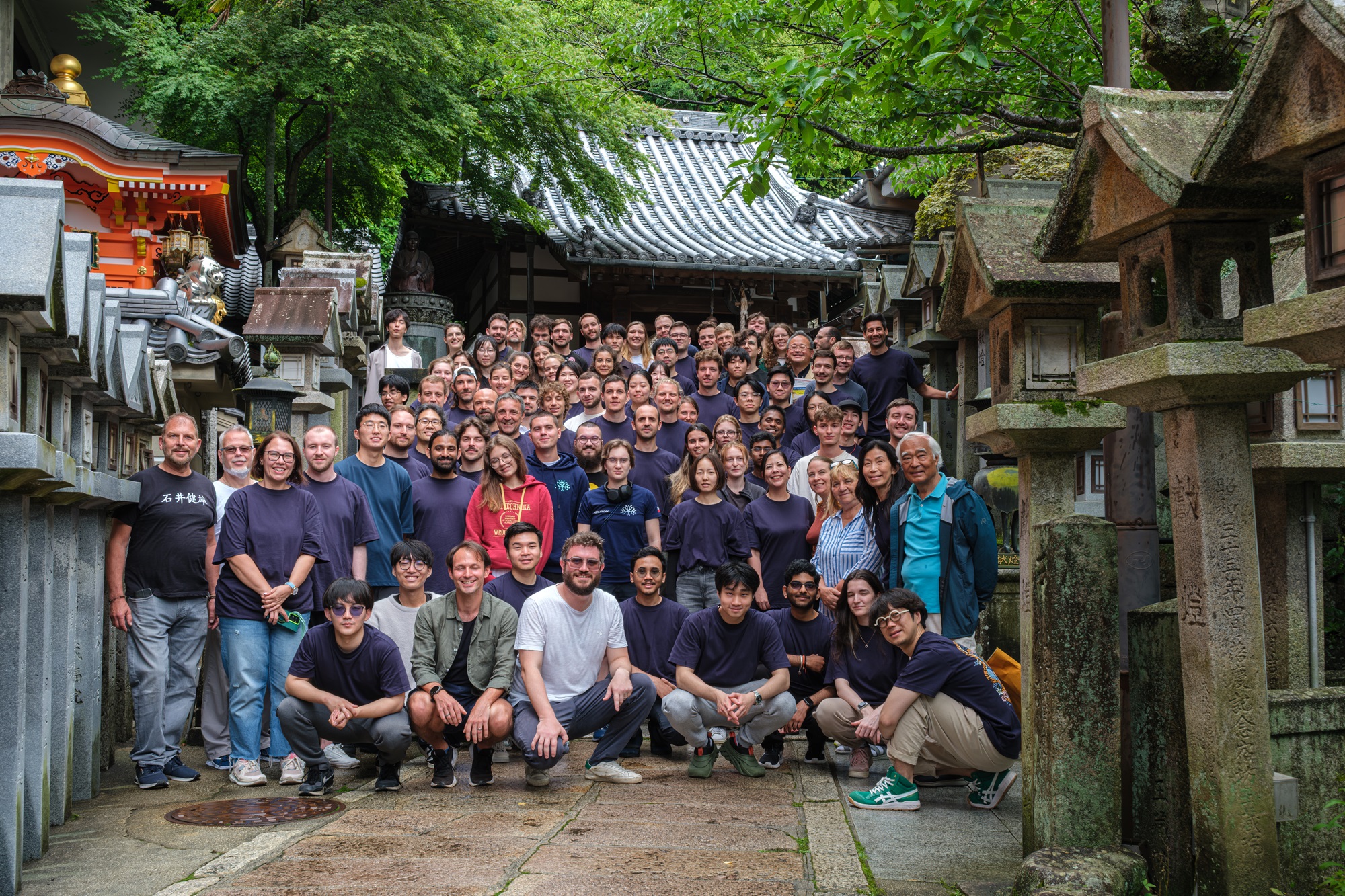Rail travel has always been considered an environmentally friendly option, but when the train is also running on hydrogen-based rails, both the signals and the journey will be green. The first stretch of track of this kind was laid a few weeks ago; it may be only a few metres long but it’s been painted lime-green and it represents a real milestone on the path to reducing CO2 emissions.
Austria’s Federal Rail company is very proud of this “green” track as it has undertaken to reduce its CO2 emissions. The rails have been manufactured by voestalpine AG and the Austrian steel conglomerate has set itself some ambitious environmental targets; all its steel production is to be climate-neutral by 2050, and blast furnaces are being built and new production methods researched to achieve this. Flat steel products are already available from the company as “greentec steel” and the new “green” track has been manufactured from scrap and hydrogen-reduced pure iron.

Cycling is both good for the health and an environmentally friendly way of getting around - but when the cycle path can also be used to store CO2, we are really talking. A project of this kind has already been delivered in the Netherlands and cycle paths all across Austria are set to be made with “green” asphalt.
It all began in the state of Burgenland, which had been working with the Austrian construction company Porr AG to develop an asphalt that can store CO2. This is enriched with about 5% biochar obtained from agricultural by-products such as broken reeds that are of no other use. The reeds are turned into charcoal by pyrolysis and the CO2 contained in the biomass is captured and can no longer escape. A kilometre of cycle path has been asphalted with the product and how the material behaves over the coming year will now be observed and analysed. The next step is to make it water-permeable to mitigate soil-sealing.




